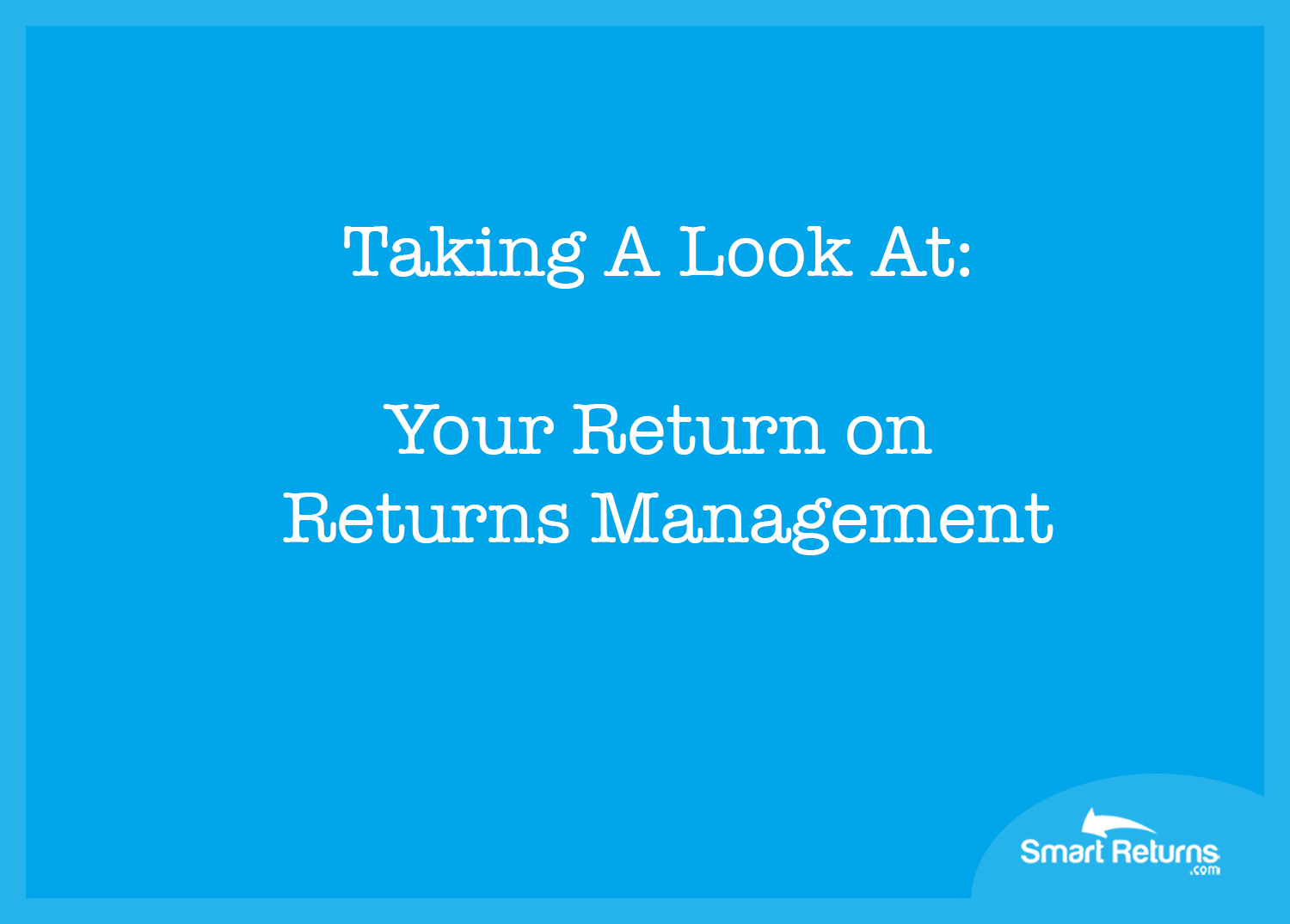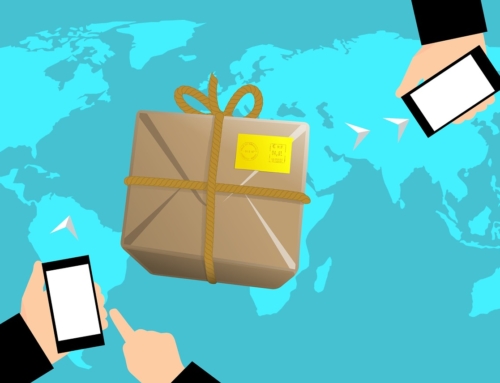When you already have a lot of business expenses, it’s sensible to try to weigh the cost benefit of any new program or team you’re considering.
But the truth is that not everything comes down to dollars and cents. For example, returns management is much more complicated than return on investment, though that’s certainly something worth considering. When you can expect about 30 percent of your orders to come back to your facility, having a well-considered reverse logistics plan in place goes way beyond your bank account.
Returns Management Returns in Tangibles and Intangibles
Running a business with an eCommerce aspect means that you’re exposing yourself to considerable risk when customers place an order.
If your products aren’t described exactly right, the photos don’t precisely show the customer what they’ll receive or you just happen to attract a shopper who habitually returns things, you’ll absolutely need a team in place for returns management. This isn’t a luxury for merchandisers, it’s a necessity.
Although it’s difficult to calculate the ROI on reverse logistics because of the multiple factors involved, these are some very real ways that having a returns processing team on board will help your business:
- Lowering overall returns. Improving your upfront returns process can make a big impact across your entire company. Easy returns are customer-pleasing, but you can still ask a few important questions to figure out why you’re seeing items come back.For example, if a particular piece of clothing is consistently returned because the customer thought it would look different in real life, there’s a problem with the product’s marketing page. Update photographs and descriptions to reduce returns of this item.
- Improving customer relations. Customers who are happy will come back to buy more. Giving them a hard time when they’re returning an item or making refunds take unnecessarily long will send them off in the direction of your nearest competitor.According to a UPS study, 53 percent of your Millennial base will buy something extra when processing their online return, which spells increased sales and stronger engagement, leading to long-term loyalty.
- Creating a secondary income stream. Sometimes, products return and they’re not exactly perfect. Maybe a smartphone was DOA to a customer, so they shipped it back in exchange for one that worked properly. This isn’t a complete loss. Instead, your reverse logistics team can have the phone fixed and then resell it as a refurbished item.The same goes for clothing that’s out of season, Nordstrom and other luxury brands do it every day. According to shopping publication Racked, Nordstrom Rack, the brand’s discount arm, plus online sales, currently make up 40 percent of the company’s total sales. This is evidence that there’s a nice sized discount shopping base to be had if you’re set up to swiftly move damaged or discarded products to the off-price market.
A returns management team is no longer an option for most types of merchandisers, but you don’t have to invest in costly training and full time employees right away. Instead, you can hire a company that specializes in reverse logistics, saving you a considerable amount of upfront costs to have access to the same professionals you’d hire for an in-house team, with the same advanced technology you’d buy.







Leave A Comment